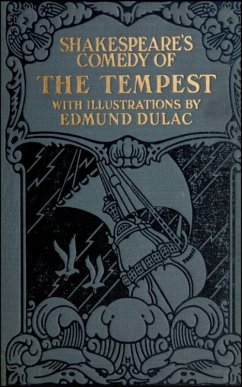
Rosamund, Queen of the Lombards (eBook, ePUB)
A Tragedy

PAYBACK Punkte
0 °P sammeln!
In "Rosamund, Queen of the Lombards," Algernon Charles Swinburne crafts a lush and poignant verse drama that delves into themes of love, betrayal, and power. Set against the backdrop of early medieval Italy, the play intertwines history and mythology, presenting a rich tapestry of emotional turbulence and moral conflict. Swinburne'Äôs distinctive style'Äîmarked by rhythmic elegance and vivid imagery'Äîenchants readers, while his referential approach to historical narrative situates the work within the literary context of Victorian romanticism, where a fascination with the past and a preo...
In "Rosamund, Queen of the Lombards," Algernon Charles Swinburne crafts a lush and poignant verse drama that delves into themes of love, betrayal, and power. Set against the backdrop of early medieval Italy, the play intertwines history and mythology, presenting a rich tapestry of emotional turbulence and moral conflict. Swinburne'Äôs distinctive style'Äîmarked by rhythmic elegance and vivid imagery'Äîenchants readers, while his referential approach to historical narrative situates the work within the literary context of Victorian romanticism, where a fascination with the past and a preoccupation with individual emotion reign supreme. Swinburne, a prominent figure of the Aesthetic Movement, was influenced by his profound appreciation for history, classical literature, and his own complex views on sexuality and identity. His extensive studies in both history and literature provided the intellectual foundation for this evocative portrayal of Rosamund, a character representing both tragedy and resilience. The work reflects Swinburne's exploration of societal constraints and individual passion, which was undoubtedly shaped by his own experiences and literary pursuits. "Rosamund, Queen of the Lombards" is highly recommended for readers interested in the intersections of history, legend, and the human spirit. Swinburne'Äôs compelling narrative invites contemplation of the timeless struggles faced by those in power and those who love them, making it an essential read for lovers of poetic drama and historical fiction.
Dieser Download kann aus rechtlichen Gründen nur mit Rechnungsadresse in A, B, BG, CY, CZ, D, DK, EW, E, FIN, F, GR, H, IRL, I, LT, L, LR, M, NL, PL, P, R, S, SLO, SK ausgeliefert werden.













